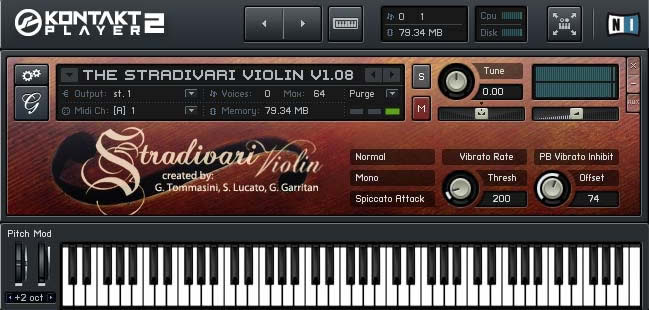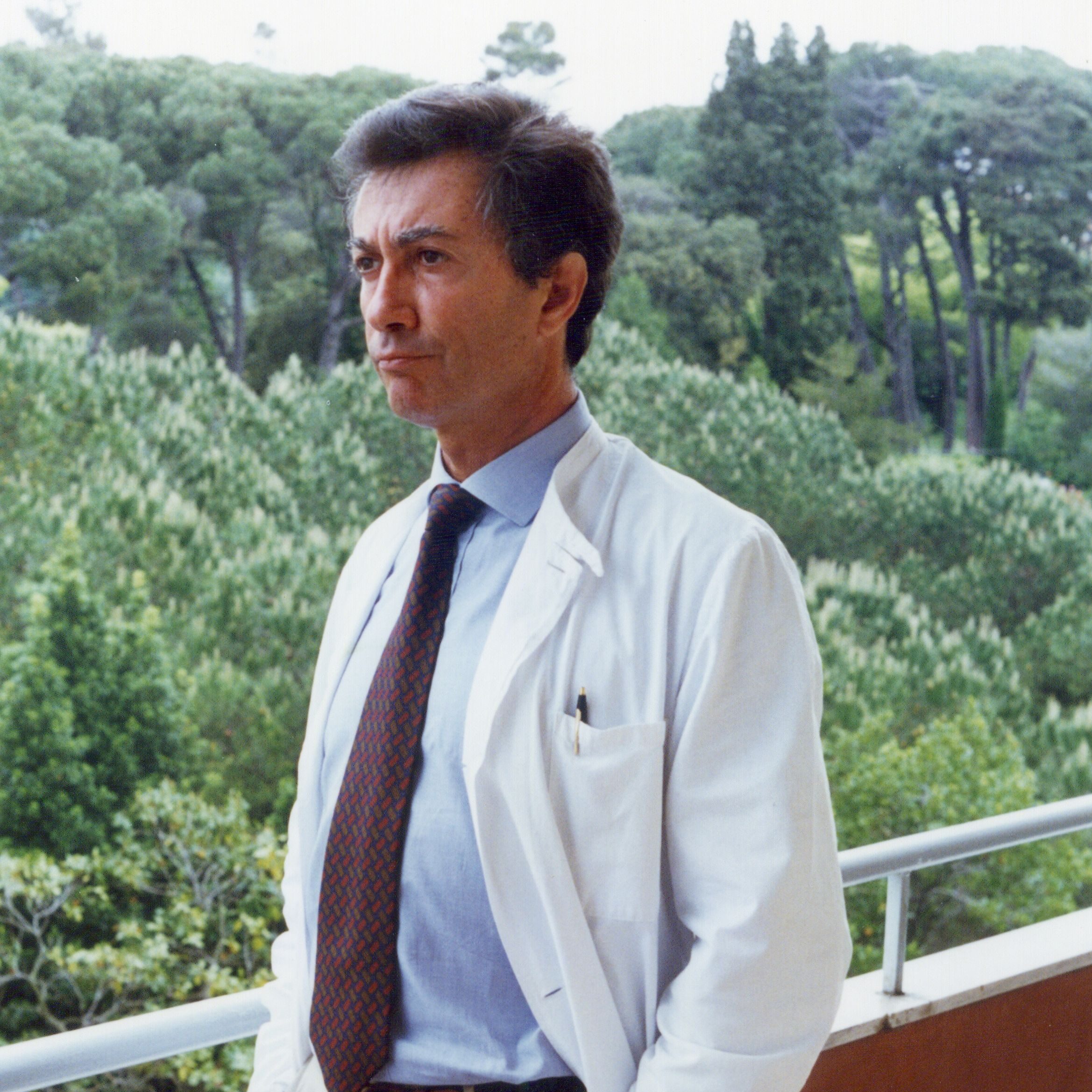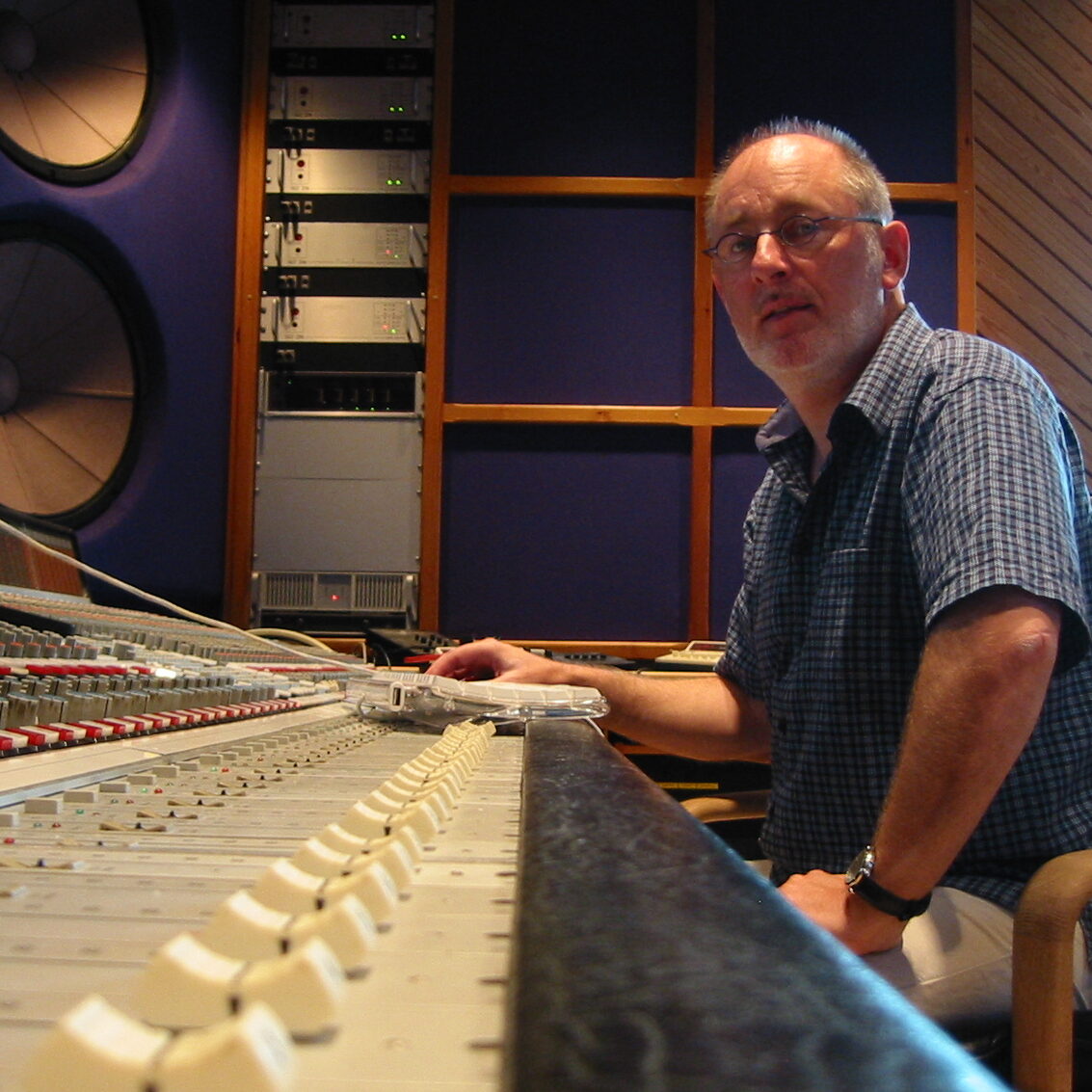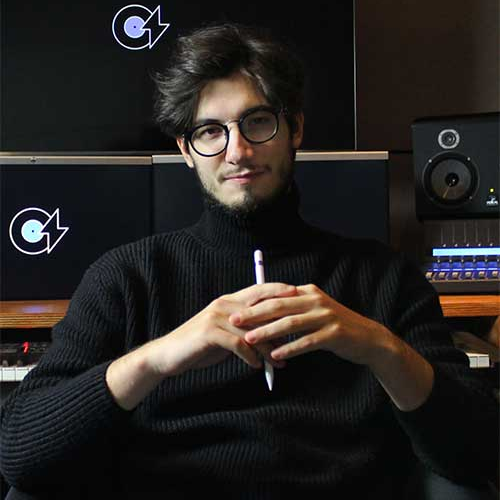Samplers and synthesizers have been for decades the cornerstones of virtual music. The virtues and drawbacks of each approach are well known. Simply put, samplers, while preserving the basic timbre of the real instrument, result in a static sound, which cannot properly morph across dynamics, vibrato, portamento etc.This is particularly true for solo instruments. Synthesizers allow for greater expressiveness, but at the expense of realism when trying to emulate real instruments.

Dr. Giorgio Tommasini turned these constraints into a source of inspiration. In 2004, he patented a groundbreaking technology that remains unique to this day, namely “Harmonic Alignment” (see ref. 1). With this approach he was able to obtain seamless transitions across virtually infinite dynamics. Harmonic Alignment, along with another patented technique (see ref. 2) allowing also continuous transitions from senza vibrato to con vibrato, was first applied to the well-known “Stradivari Violin” and “Gofriller Cello” revolutionary virtual instruments released in 2005 in collaboration with Stefano Lucato and Gary Garritan.
These proprietary technologies, along with advanced recording techniques in anechoic environment, real-time sample modulation & convolution, timbral shaping etc., allowed Giorgio Tommasini & Peter Siedlaczek to give birth to Samplemodeling, a game-changing development in the world of virtual music that has redefined the boundaries of realism and expressiveness in digital music production.
1) “Time alignment of the phase of a set of musical sounds to be used with samplers”. Patent filed by Giorgio Tommasini, as of September 23th 2004, issued as December 16th, 2008.
2) “Determination of modal resonances and body impulse response of a musical instrument by analysis of sounds performed with pitch changes. Application to the synthesis of vibrato & portamento with samplers”. Patent filed by Giorgio Tommasini and Stefano Lucato, as of December 20th 2004, issued as December 16th, 2008.

Giorgio Tommasini holds a medical degree “magna cum laude” from Milano University, and had an illustrious career as a clinical cardiologist, researcher, and head of the Cardiovascular Division of a 400-bed Hospital. His pioneering research, mainly oriented on applications of computers in cardiology, and witnessed by more than 150 scientific papers, patents and presentations at internationational Meetings, led to new methods for quantification and treatment of myocardial infarction, new techniques for detection of silent ischemia and automatic quantification of coronary narrowings by intelligent image processing, and the invention of a revolutionary, 3D approach to coronary angiography. More recently, his research was devoted to the development of new strategies for relieving pain and anxiety in the setting of acute and chronic diseases.
As a musician, he played guitar and bass in various groups of the fabulous Sixties. He became interested in samplers as accompaniment for his music in the mid 1980’s. Very unsatisfied by the lack of expressiveness of all available sample-based instruments, he began to think of methods capable to overcome this limitation. The “Harmonic alignment technique”, and the “Determination of modal resonances and the impulse response of an instrument by analysis of pitched sounds” (in collaboration with Stefano Lucato), were the first results of this new research in an entirely different field. For the first time it was possible to crossfade from pp to ff, and from senza vibrato to vibrato, with continuity and no phase artifacts. These techniques were applied to “The Stradivari Violin”, and “The Gofriller Cello”, created in collaboration with Stefano Lucato and Gary Garritan.

Peter Siedlaczek graduated with honors as a tonmeister from the Chopin Academy of Music in Warsaw, where he stayed on to teach studio technology, taking part in numerous research projects in acoustics and psycho-acoustics. Prior to that – still as a teenager – he followed two courses of study: while earning a diploma in electronics at the technical high school, he also completed his diploma at the music high school as a promising pianist, who even as a student enjoyed numerous successes.
After moving to Germany, he has contributed as a well-respected sound engineer to many German chart hits. As a producer, he reached the Top Ten of the American Billboard club play charts, as a sound designer he set new standards in classical orchestral sampling. He created sound libraries such as Advanced Orchestra, Classical Choir, Total Piano, Smart Violins and Orchestral Colours appreciated around the globe.
With a sure feeling for pop music and jazz, and his undisputed talent for and experience with classical music, Siedlaczek has specialized in complex orchestral productions, which he undertakes for film production companies, advertising agencies and record companies.

Cristian Labelli, son of a jazz and classical pianist, was literally cradled in music from the moment he was born. He studied piano at Santa Cecilia Academy (Portogruaro, Venice) and attended the Conservatory ‘Benedetto Marcello’ in Venice. In his teens he participated in numerous national and international competitions as a pianist, achieving the first prize several times and the Rotary International Prize in 2014. He graduated at the International Music Academy ‘Claudio Abbado’ of Milan, obtaining a degree in Electronic Composition & Sound Design and a Master degree in Film-scoring. He focused his attention on virtual instruments and their use in applied music, concentrating on this topic his degree and master-degree thesis.
During the last five years he worked as a composer/producer for commercials of major brands – for example Rayban, Lewis, Dior, Pellini, Netflix etc – and composed the music for over 20 shorts, documentary and feature films.
Today he is a Logic Pro X and MIDI Orchestration professor at Mohole Arts School in Milan.
Cristial Labelli recently acquired the rights to commercially exploit Samplemodeling instruments.
He’s currently fulfilling the role of Samplemodeling Executive Manager.
We are deeply indebted to our many friends generously helping us in several fields of our activity.
In addition to our wonderful beta testers, demo makers, and professional musicians helping us to improve our instruments, and to increase our knowledge of technical aspects and playing techniques concerning specific instruments, special thanks are due to:
© 2007/2023 Samplemodeling TM
Adding {{itemName}} to cart
Added {{itemName}} to cart